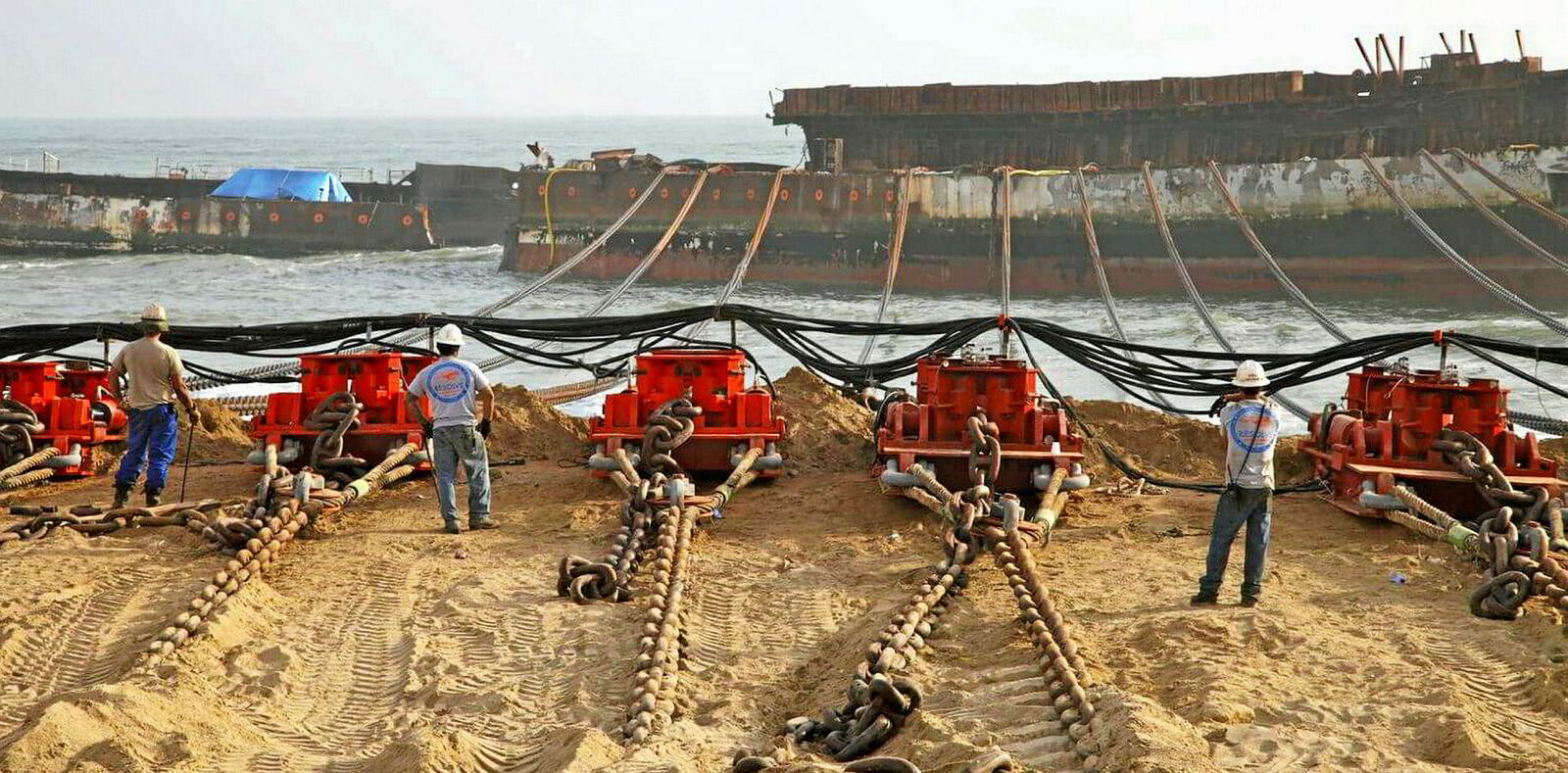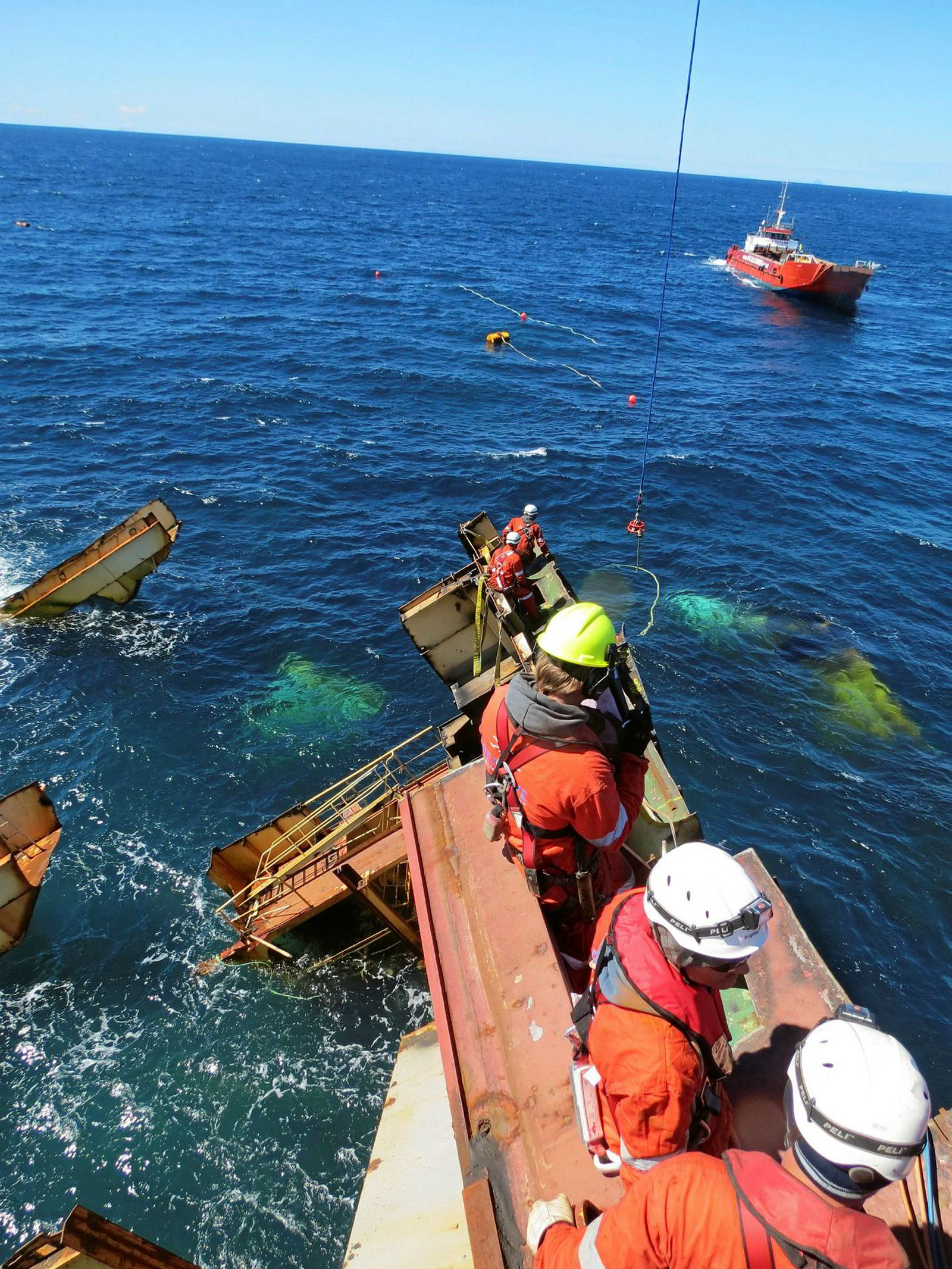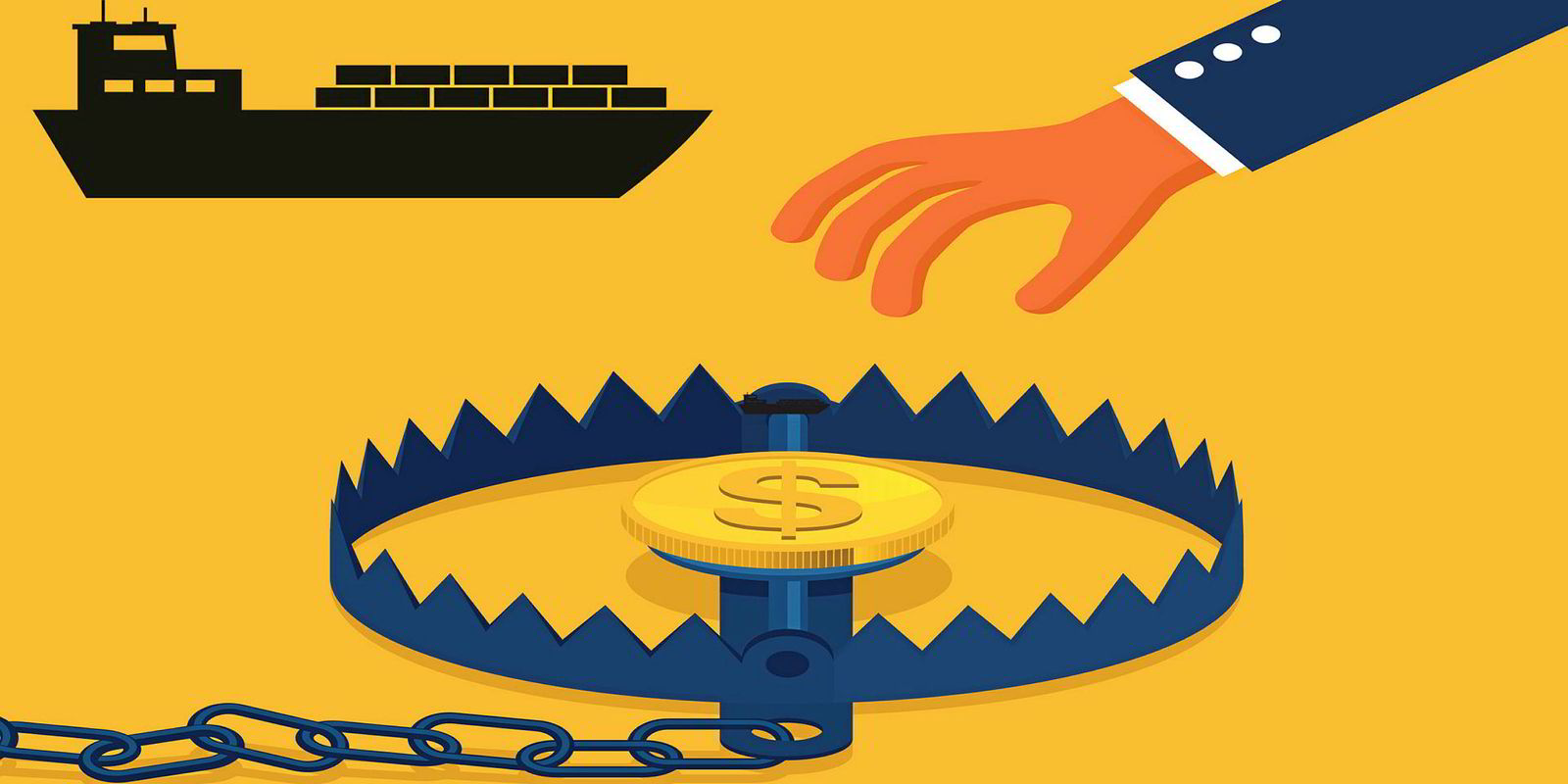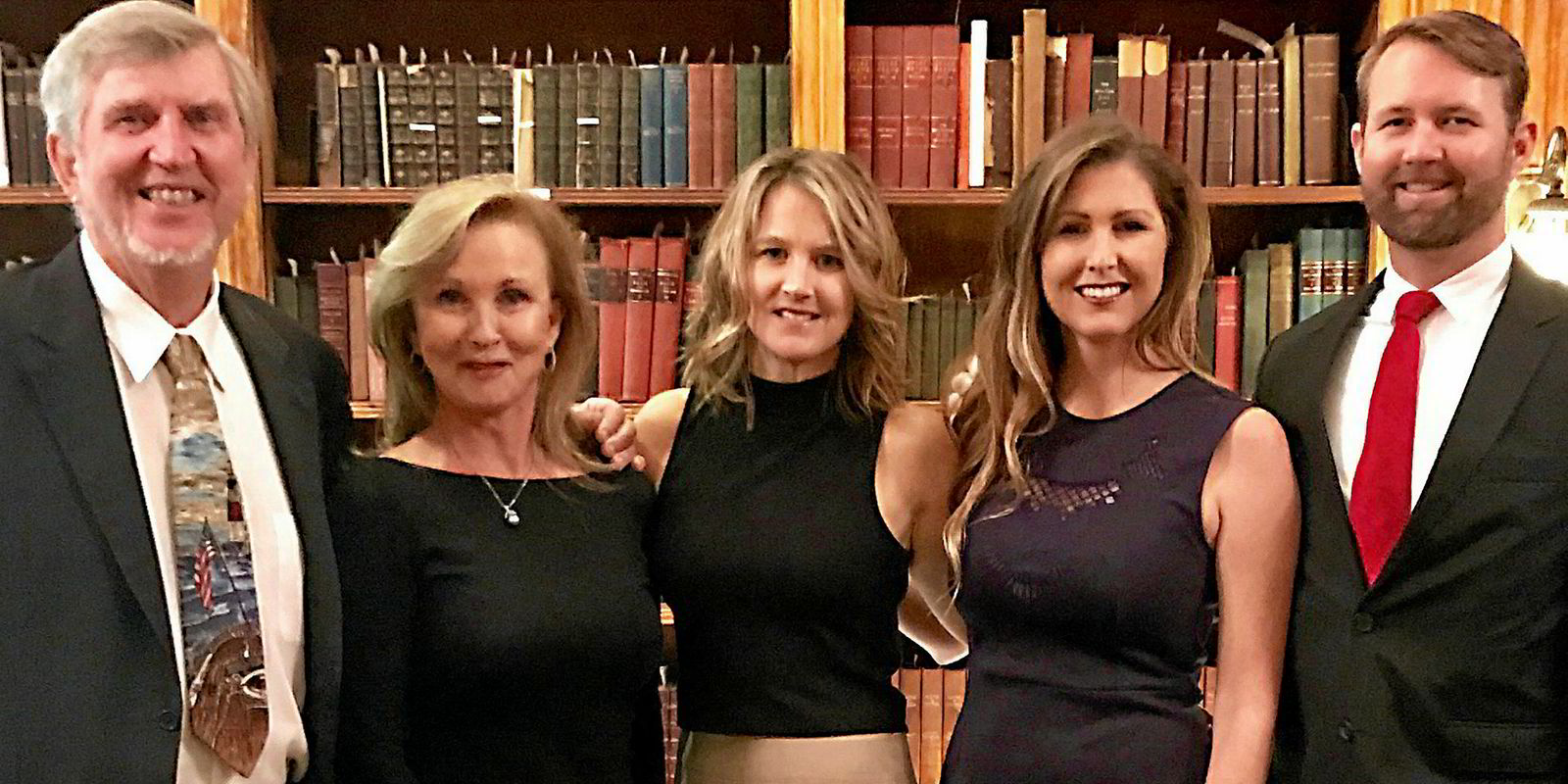Back in the 1980s, Joe Farrell III can remember his father working hard to establish Resolve Marine, a one-tug salvage firm, from a home office in Florida.
Resolve now stands among the world’s leading salvage companies, with a global network, and has been involved in some of the industry’s most dangerous, complicated casualties.
“For the most part it was a very domestic opportunistic operation — he had one vessel and a couple of guys,” Farrell III tells TW+, recalling when his father started Resolve in 1982.
“I can remember when I was in the third or fourth grade, the office was a room in the house with a secretary and Mom and Dad.”
His father, Joseph Farrell Jr, is regarded as one of the true maverick figures of the salvage world. With a colourful background as a former US Coast Guard diver and Vietnam veteran explosives expert, he formed Resolve by taking the risk of buying the Dutch salvage tug he was assigned to work on in Europe.
He is known for a no-nonsense approach that is still evident today, his son suggests: “A lot of what you see now in today’s company is a similar ‘can do, go get it done’ work ethic.”
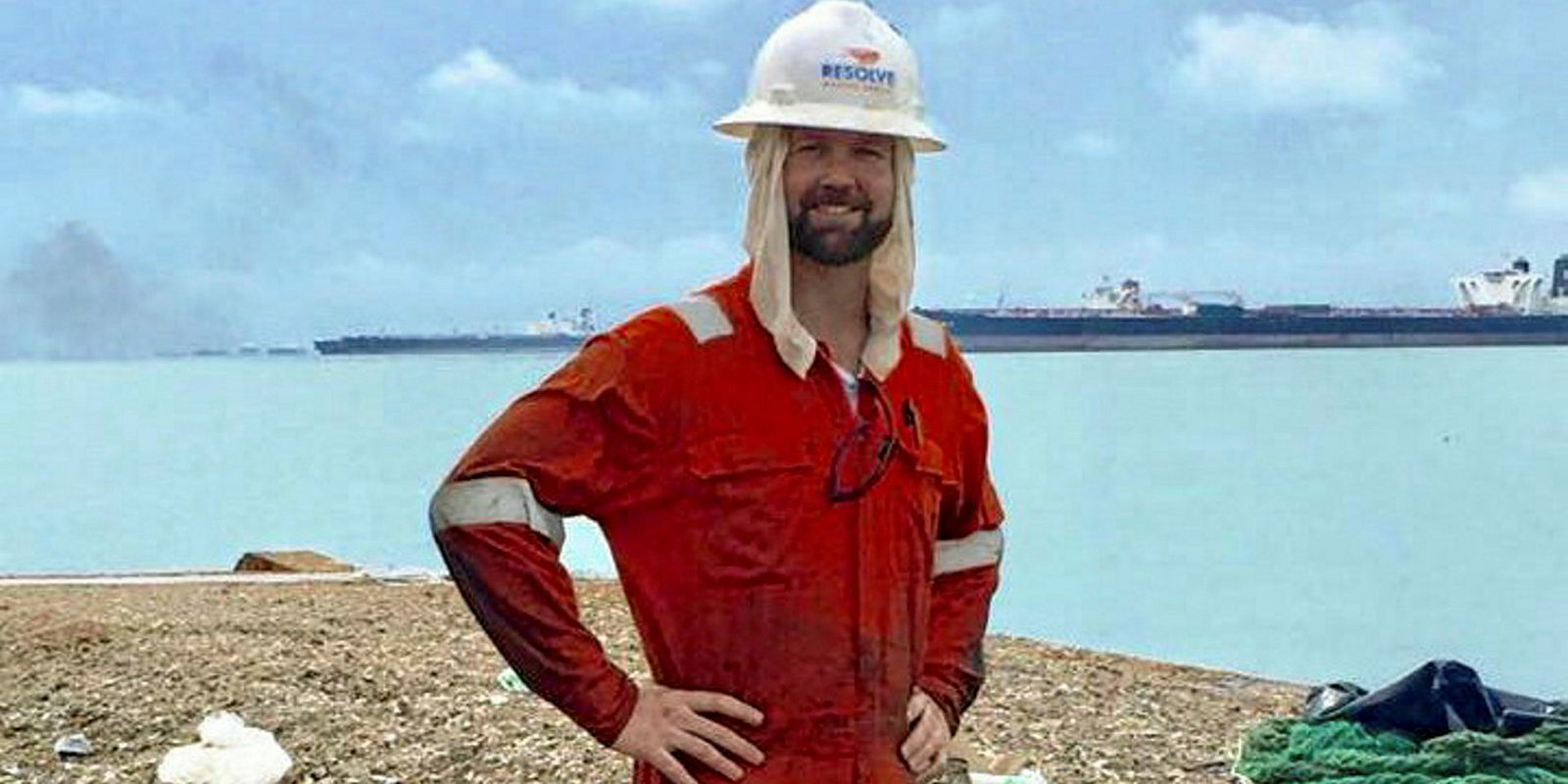
He shares his father’s approach, one day donning an executive’s suit and the next putting on a hard hat and overalls to cut steel at the salvage site. It gives him “a feel for the job”.
Key to the company’s development was Farrell Jr’s decision to turn Resolve into an approved emergency responder once the US Oil Pollution Act (OPA 90) came into force. Under OPA 90, shipping firms had to appoint a qualified company to act on oil pollution and firefighting in the event of a casualty.
“My dad took OPA 90 extremely seriously and saw it as an opportunity. He said, ‘Now’s the time to get the equipment and get the people trained’.”
The move proved hugely significant. Spin-offs included a successful marine firefighting academy and OPA 90 school and other onboard simulation and training facilities.
When China recently added similar regulation, Resolve was able to get a foot in the door by replicating its OPA 90 model. It is now well positioned to take advantage of similar schemes being considered in Canada, Europe and India.
Another turning point came when an attempt to sell Resolve to Svitzer fell through. Salvage master Nick Sloane, who was with Svitzer at the time but who has since joined Resolve, was given the job of telling Farrell Jr the deal was off at a cocktail party originally organised to announce the deal.
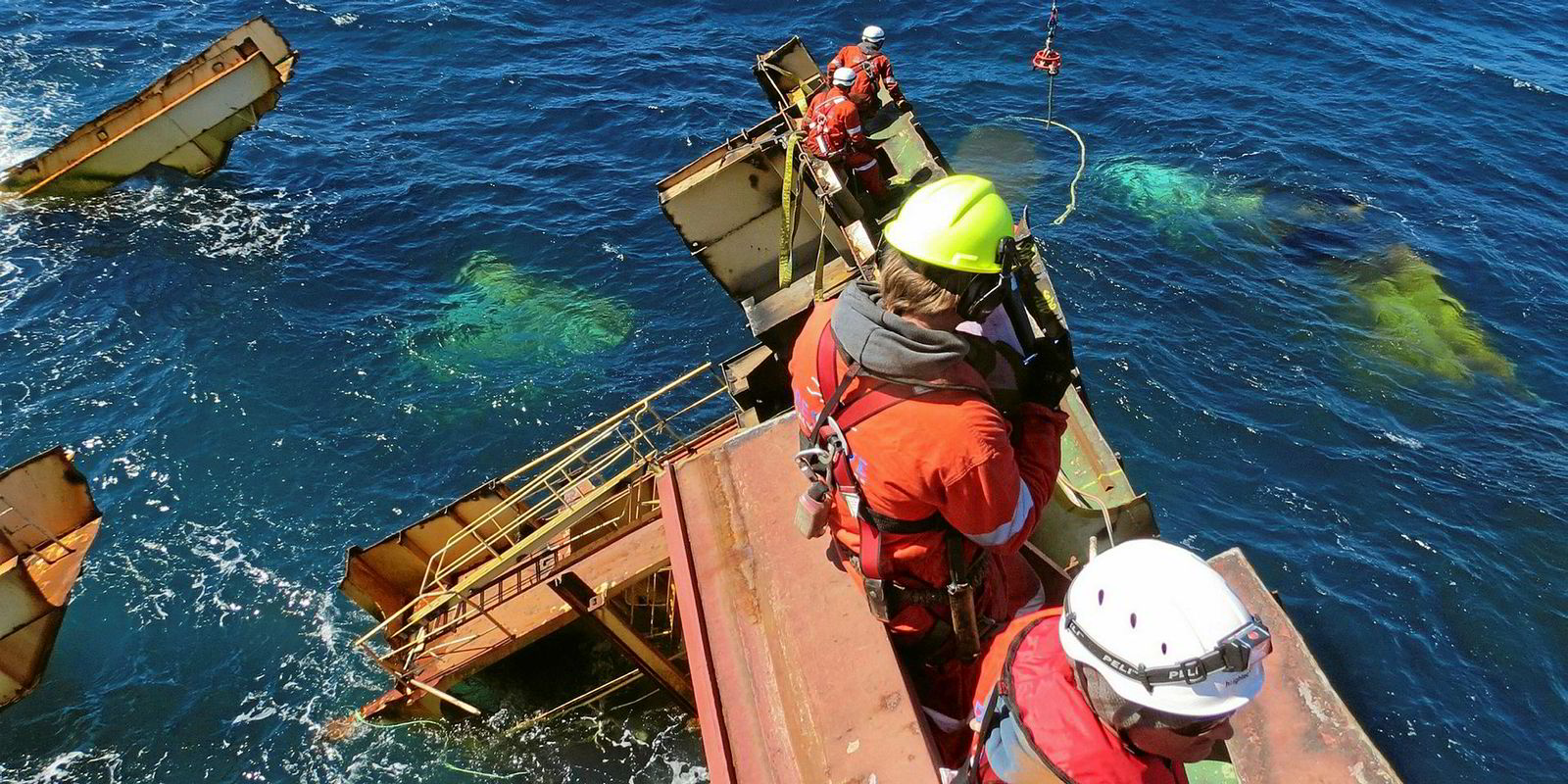
At the last minute Svitzer had decided to set up its own OPA 90 response company rather than buy Resolve. “I had to tell Joe: ‘It’s not just that they’re not buying you, they’re starting up next door’,” Sloane recalls.
The failure of the deal triggered the idea of developing Resolve as a dedicated salvage company. “Joe said, ‘What are we going to do?’ We decided we’ve got two choices: find another buyer, or grow the company — and we grew the company for sure,” Sloane says.
Resolve went on to invest heavily in tugs, crane barges and other emergency response units and establish strategic salvage centres in Alaska’s Dutch Harbor, Gibraltar and Singapore.
The investment was part-funded by its role in major salvage operations stemming from Hurricane Katrina in 2005 and other long, intensive jobs such as Deepwater Horizon, the BP offshore drilling rig that exploded off the Louisiana coast in 2010.
To take on jobs like Katrina, Resolve had to gamble on securing salvage equipment before it was contracted.
“Katrina was in our backyard and we decided we were going to jump into it,” Farrell III says. “It was months of clean-up and we saw the assets that were going to be required and locked them in before any hiring.

“That’s not easy. It’s a $150,000-a-day burn and nobody’s paying you to do it, and so you say, ‘All right, we’re going to wait [until appointed]’.”
Resolve also had to prove to marine P&I clubs that it was capable of taking on the industry’s largest casualties and wreck removals.
Farrell III says: “At first to some extent they used us as leverage against the bigger guys when they thought the prices were high. But over time they’ve given us the opportunity and we’ve got to the point where we’re always invited.”
With Deepwater Horizon, Resolve was involved in the management of 150 assets. Other notable successes in handling wreck removal with high technical difficulties and strict environmental management include high-profile casualties involving the boxships Rena and Angeln, plus the cable layer Chamarel.
Taking on Sloane, salvage master of the Costa Concordia, also helped raise the company’s profile in the wreck removal market.
“Now if you look at top four in the world, for sure Resolve is among them,” Sloane says. “I think we are right up there — but in terms of footprint we have the biggest in the world. We don’t have the 150-year history of Smit or Svitzer, but for a 35-year-old company it’s quite remarkable.”

